Discover the Early Years & History of the University of Missouri-Kansas City (UMKC)
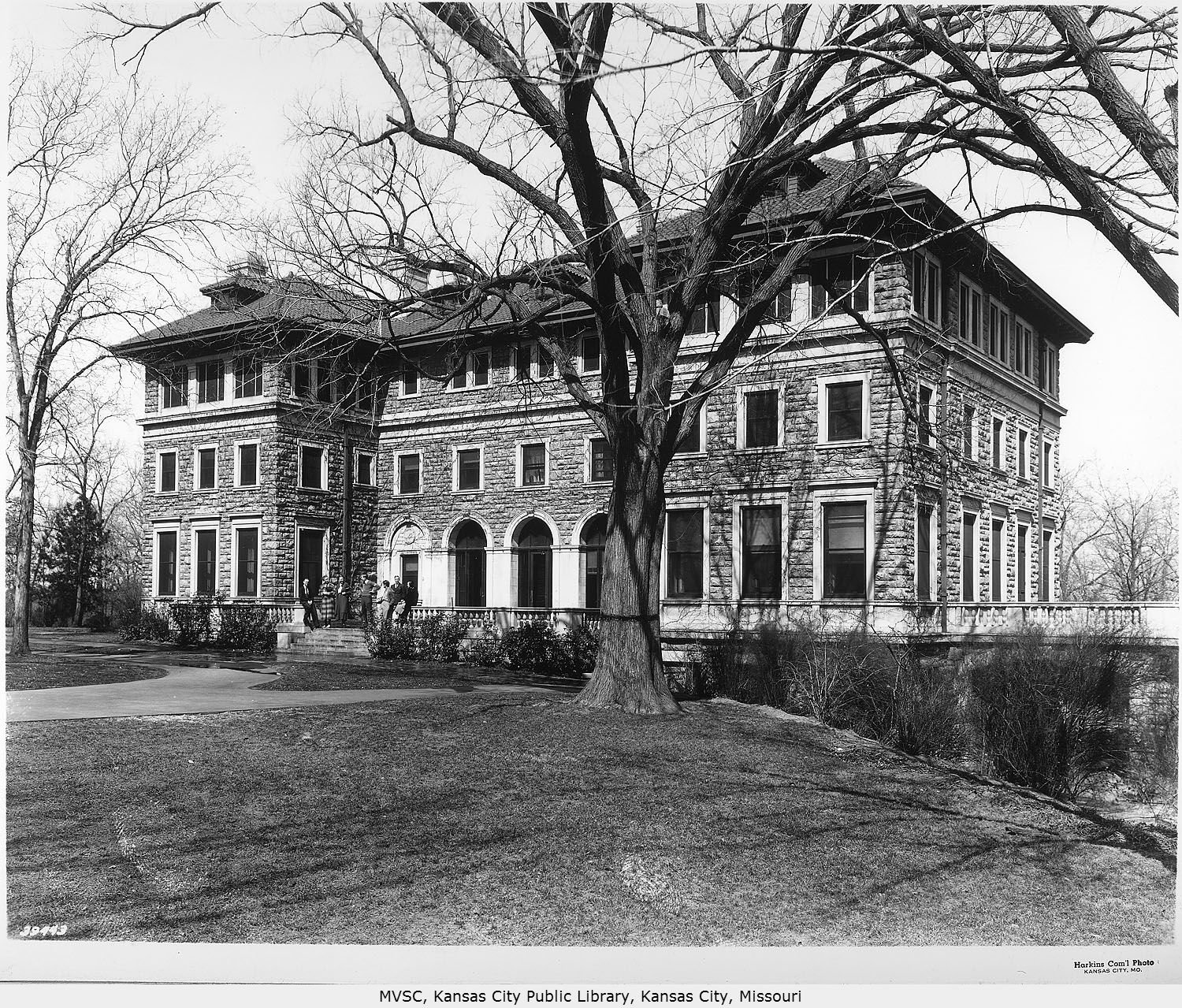
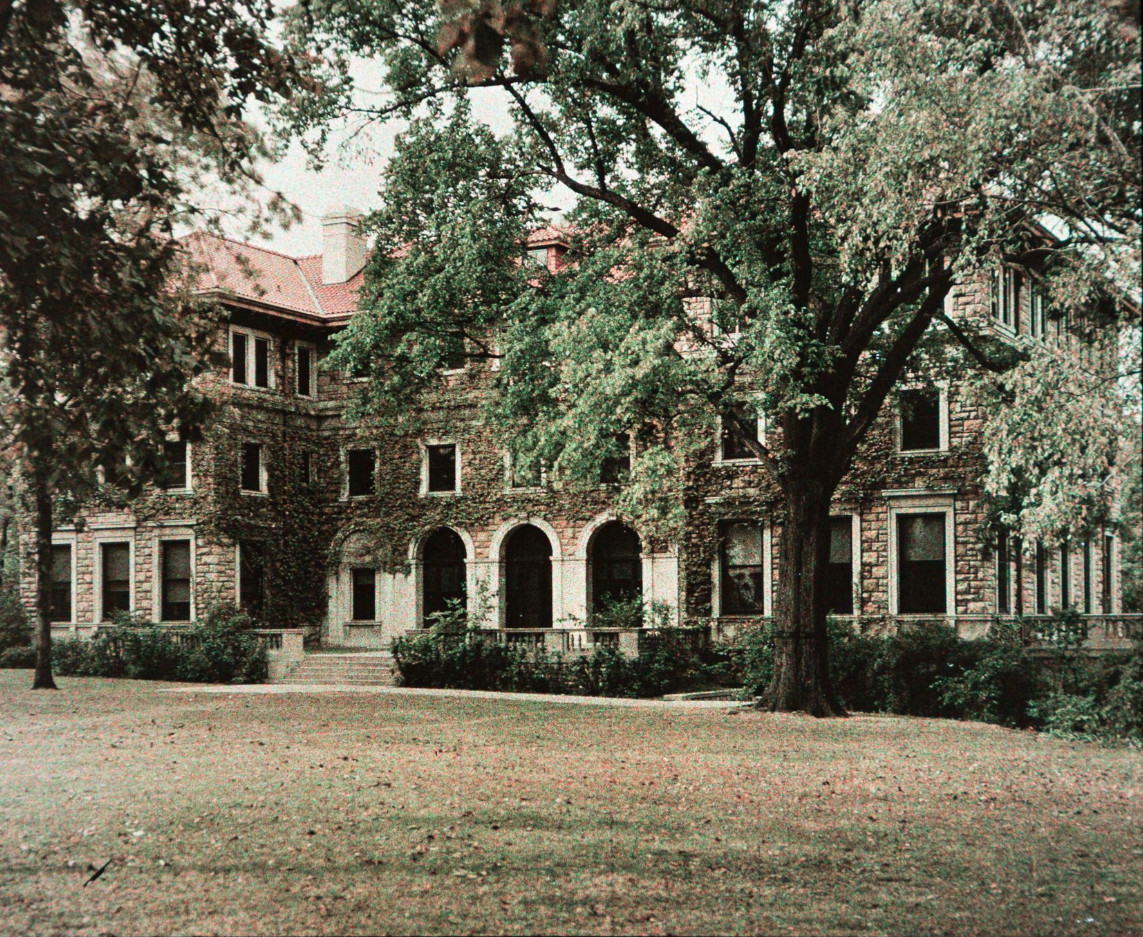
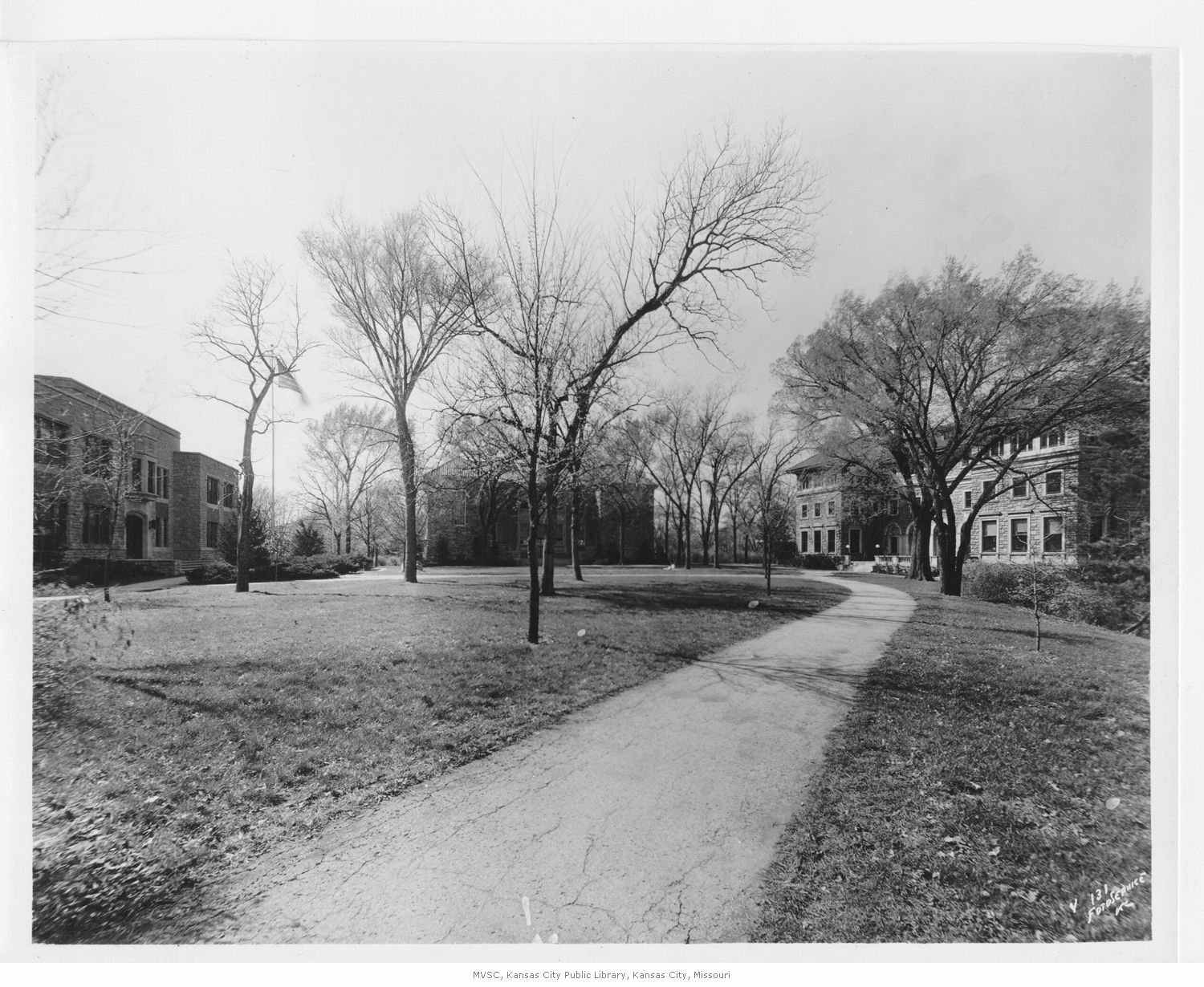
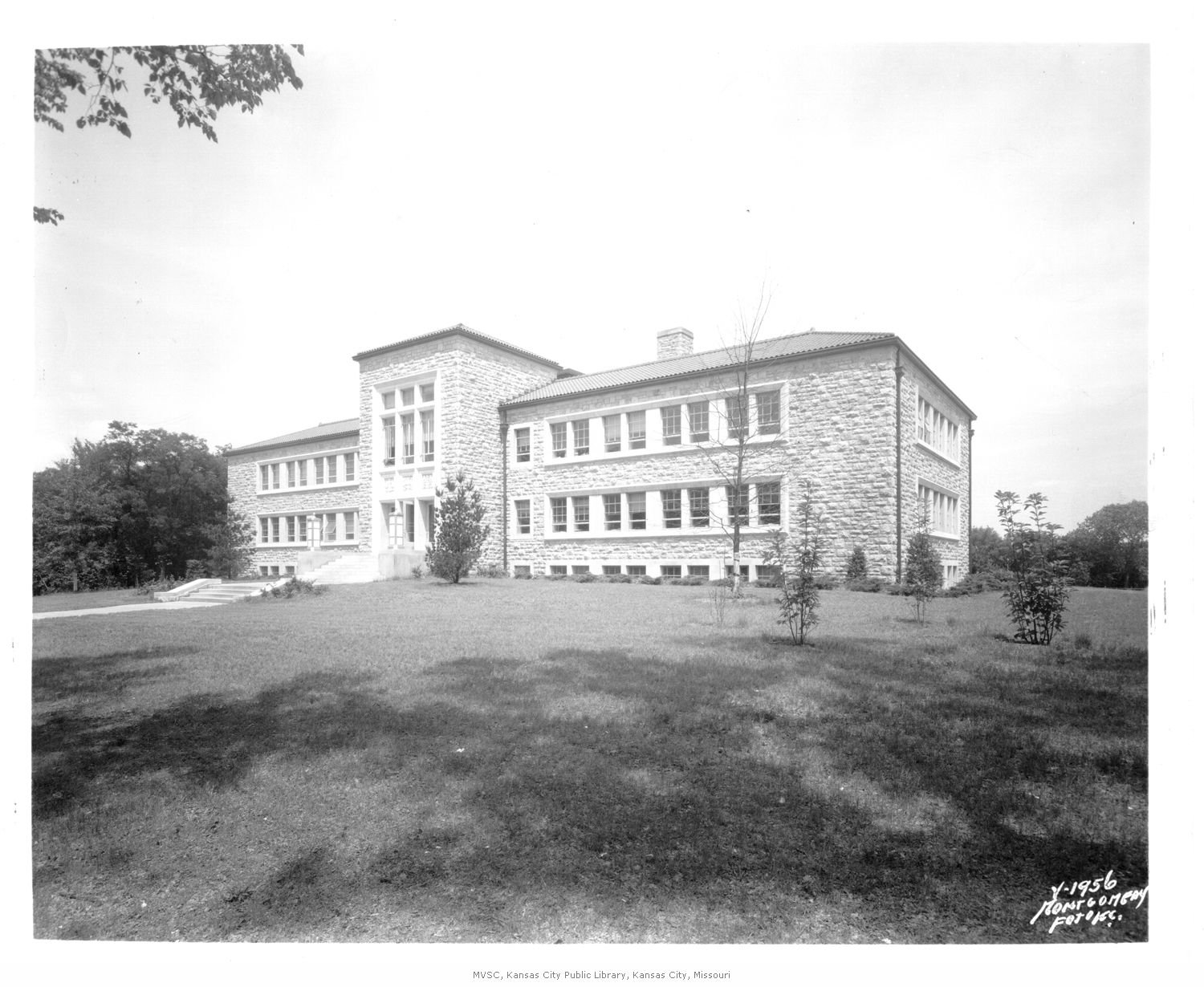
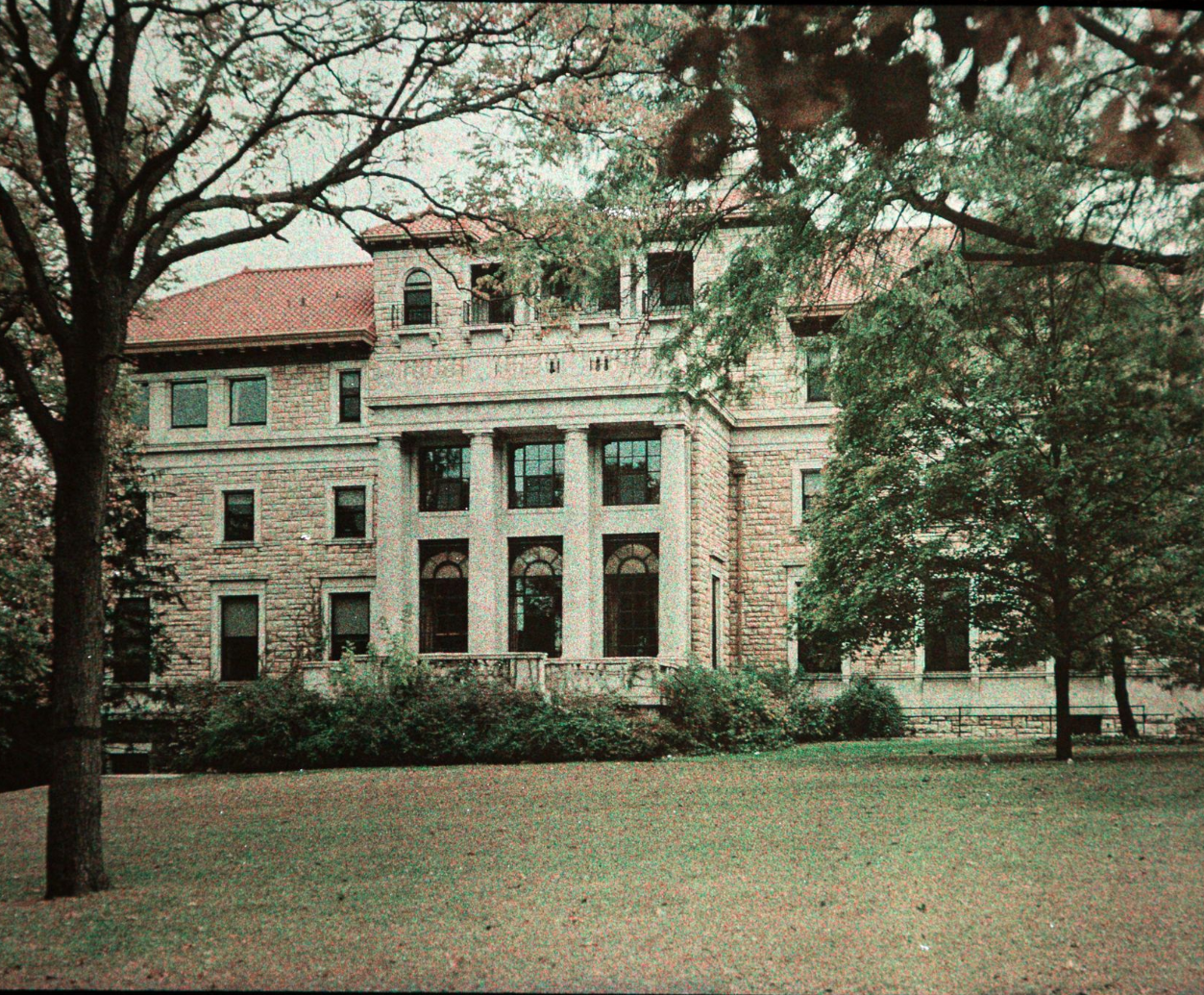
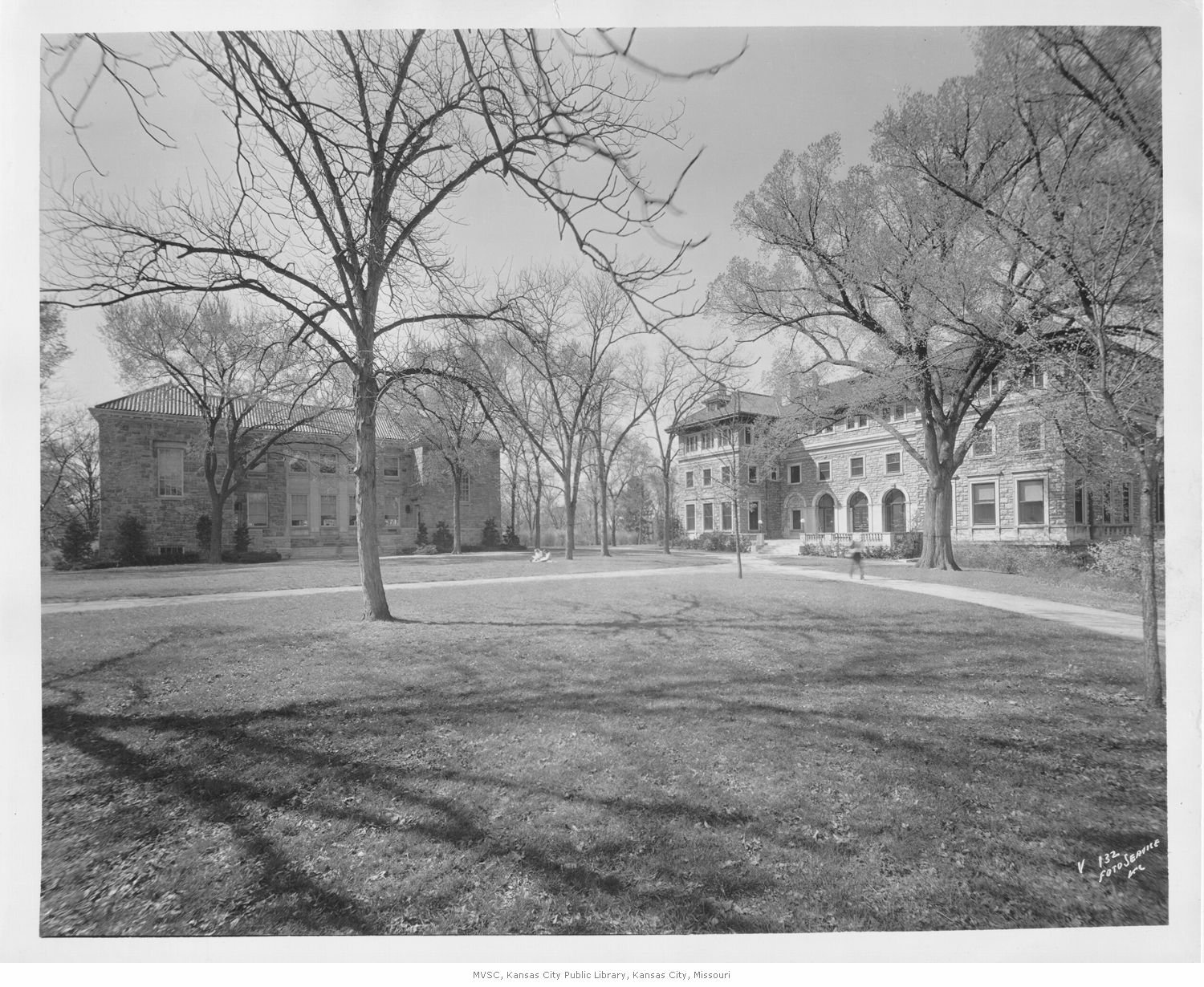

Historic photos courtesy of MVSC.
The University of Missouri–Kansas City (UMKC) is an institution of higher learning and public research located in Kansas City, Missouri. The university has its roots in the Lincoln and Lee University movement initiated by the Methodist Church's Bishop Ernest Lynn Waldorf in the 1920s.
The proposed university was to be built on the Missouri–Kansas border at 75th and State Line Road, in commemoration of the Battle of Westport during the American Civil War. However, due to various problems in gathering the necessary property, other civic leaders, including J.C. Nichols, began pushing for the creation of a cultural center on either side of Brush Creek, just east of the Country Club Plaza.
In 1930, the two plans were merged, and the new school was to be named "Lincoln and Lee, the University of Kansas City". The two parties jockeyed back and forth and ultimately the “Lincoln and Lee” was dropped, leaving just the University of Kansas City. The goal was to open with 125 students, and on a beautiful fall day in October 1933, classes commenced with 264 students and 17 faculty.
The university was built on a 40-acre plot, southeast of the Nelson mansion, on land donated by William Volker. The original Volker purchase did not include the Dickey mansion itself, but after Walter S. Dickey's unexpected death in 1931, Volker acquired it to be the first building.
The University of Kansas City grew quickly, incorporating other existing local private institutions of higher learning. This included the Kansas City School of Law (1890s), the Kansas City-Western Dental College (1941), and the Kansas City College of Pharmacy (1943). In addition, the school established the School of Administration (1953), the School of Education (1954), the Division for Continuing Education (1958), and the School of Graduate Studies (1964).
On July 25, 1963, the university became part of the University of Missouri System, and its name was changed to the University of Missouri–Kansas City. As a result, the former Dickey mansion was renamed Scofield Hall to honor Chancellor Carleton Scofield, who oversaw the transition into the University of Missouri System.
Since then, the school established the School of Medicine (1970), the School of Nursing (1980), the School of Basic Life Sciences (1985), and the School of Computing and Engineering (2001). In 2012, the school considered renaming itself back to the University of Kansas City, but decided against it.
Today, UMKC proudly represents Kansas City as the city’s largest university and a cornerstone of education in the community. Through various challenges and obstacles in its 90-year history, the university has grown to become an integral part of the region, providing students with exceptional education and research opportunities.